Increasing Sports Participation
The rising trend of sports participation in South Korea appears to be a significant driver for the soft tissue-repair market. As more individuals engage in various sports activities, the incidence of soft tissue injuries, such as sprains and strains, is likely to increase. This trend is supported by data indicating that approximately 30% of the population participates in sports regularly. Consequently, the demand for effective treatment options and rehabilitation products is expected to grow. The soft tissue-repair market is poised to benefit from this surge, as healthcare providers and manufacturers focus on developing innovative solutions tailored to sports-related injuries. Furthermore, the increasing awareness of sports medicine and injury prevention strategies may further enhance market growth, as athletes and recreational participants seek advanced treatments to ensure quick recovery and return to their activities.
Government Initiatives and Funding
Government initiatives and funding aimed at improving healthcare infrastructure are likely to influence the soft tissue-repair market positively. In South Korea, the government has been actively investing in healthcare programs, with a reported increase of 10% in healthcare spending over the past year. These investments often focus on enhancing medical facilities, promoting research, and supporting the development of innovative medical technologies. As a result, the soft tissue-repair market may benefit from increased access to advanced treatment options and improved patient care. Furthermore, government support for research and development initiatives can lead to the introduction of new products and therapies, ultimately driving market growth. This collaborative approach between the government and the healthcare sector may foster an environment conducive to innovation and expansion within the soft tissue-repair market.
Advancements in Surgical Techniques
Recent advancements in surgical techniques are likely to play a crucial role in shaping the soft tissue-repair market. Minimally invasive procedures, such as arthroscopy and laparoscopic surgery, have gained popularity due to their associated benefits, including reduced recovery times and lower complication rates. In South Korea, the adoption of these techniques has been on the rise, with a reported increase of 15% in minimally invasive surgeries over the past few years. This shift not only enhances patient outcomes but also drives the demand for specialized soft tissue-repair products, such as sutures and grafts. The soft tissue-repair market is expected to capitalize on this trend, as healthcare providers increasingly seek innovative solutions that align with the evolving surgical landscape. As a result, manufacturers are likely to invest in research and development to create advanced materials and technologies that cater to the needs of modern surgical practices.
Growing Awareness of Rehabilitation
The growing awareness of rehabilitation and post-injury care is emerging as a key driver for the soft tissue-repair market. In South Korea, there is an increasing recognition of the importance of proper rehabilitation following soft tissue injuries, which can significantly impact recovery outcomes. This awareness is reflected in the rising number of rehabilitation centers and programs, with a reported growth of 20% in such facilities over the last five years. As patients become more informed about the benefits of rehabilitation, the demand for soft tissue-repair products, including braces, supports, and therapeutic devices, is likely to increase. The soft tissue-repair market stands to gain from this trend, as healthcare providers and manufacturers collaborate to develop comprehensive rehabilitation solutions that address the specific needs of patients recovering from soft tissue injuries.
Rising Incidence of Chronic Conditions
The rising incidence of chronic conditions, such as diabetes and obesity, is likely to impact the soft tissue-repair market significantly. In South Korea, the prevalence of these conditions has been increasing, with recent statistics indicating that approximately 30% of the adult population is classified as overweight or obese. These chronic conditions often lead to a higher risk of soft tissue injuries and complications, necessitating effective repair solutions. The soft tissue-repair market may experience heightened demand for products that cater to this demographic, as healthcare providers seek to address the unique challenges associated with treating patients with chronic conditions. Additionally, the focus on preventive care and management strategies for these conditions may further drive the need for innovative soft tissue-repair solutions, ultimately contributing to market growth.


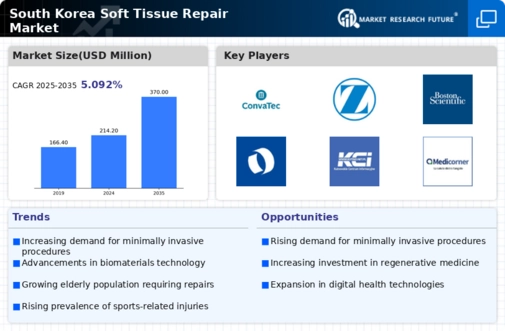
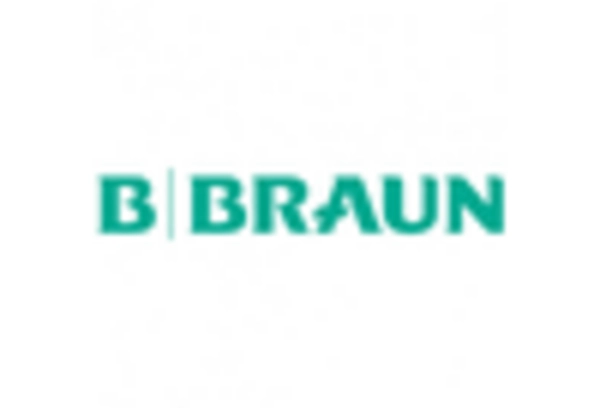

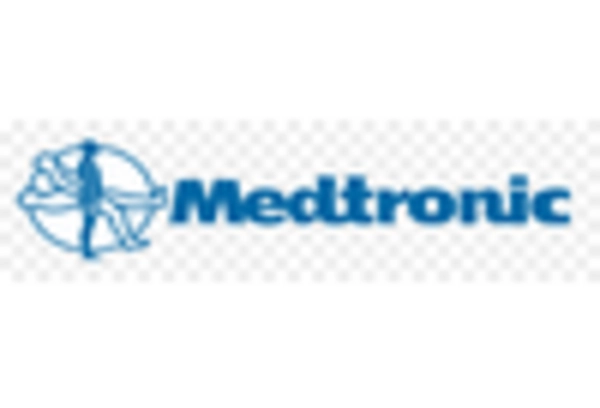

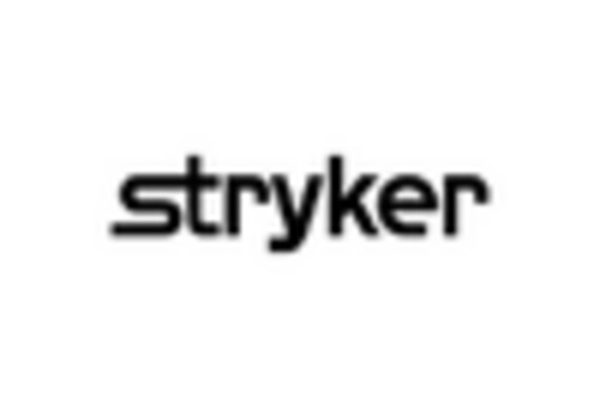
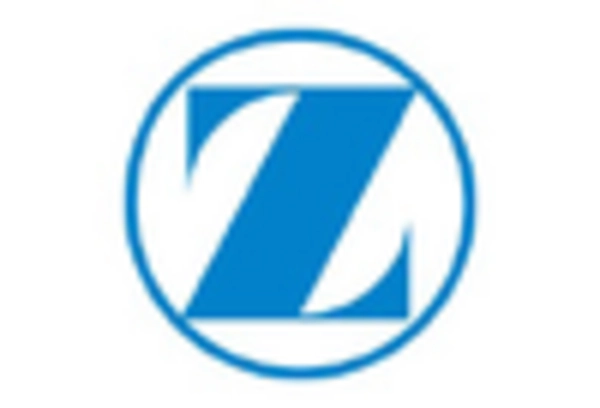








Leave a Comment